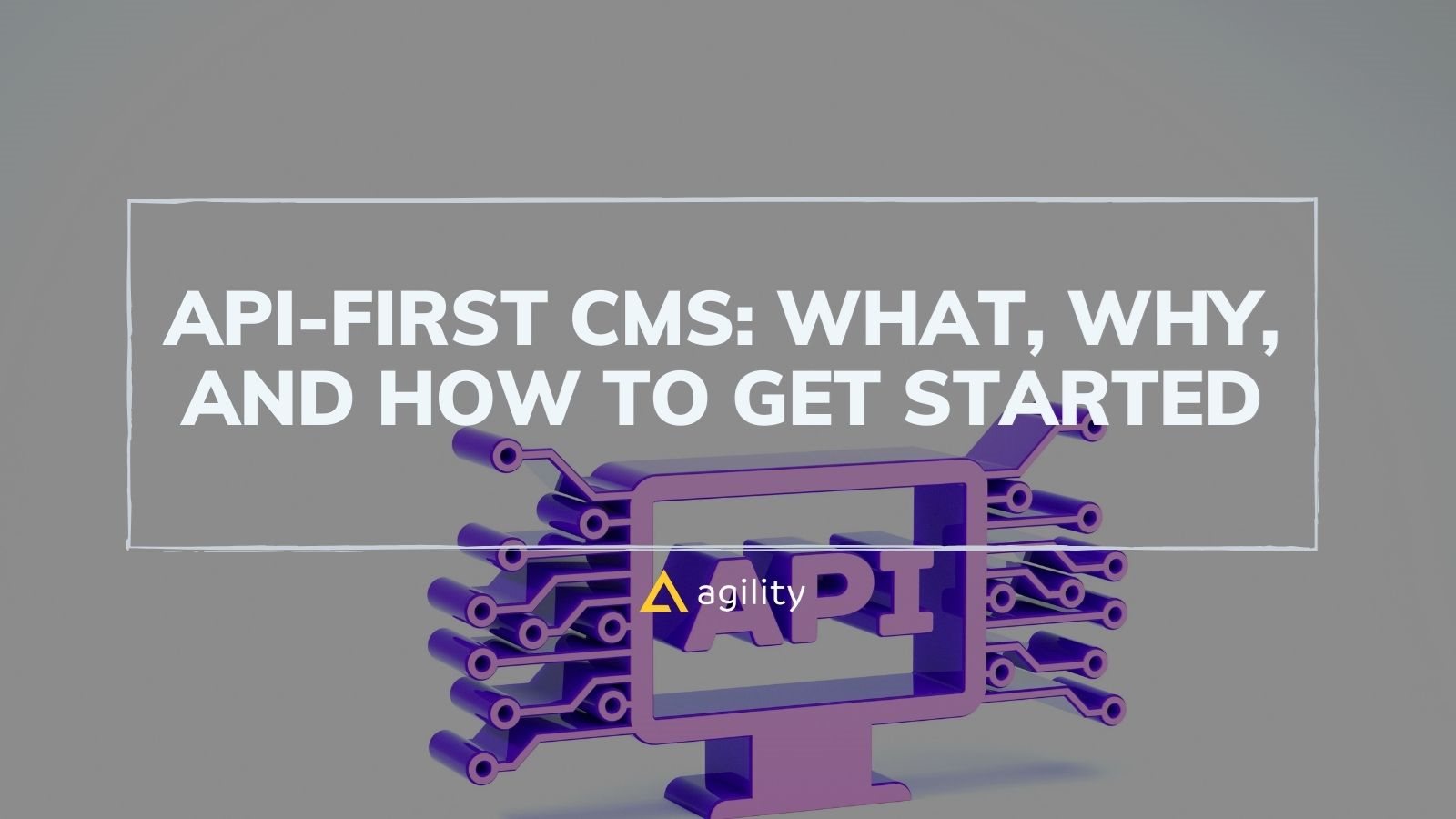Content management systems come in many different forms, including traditional and legacy CMSs and headless and hybrid platforms. One of the key differences between these categories is how much they leverage application program interfaces or APIs. Programmable Web’s API directory lists almost 25,000 APIs, highlighting just how important this technology is to modern software development and the various industries where they are most prevalent.
Nowadays, most CMSs have access to APIs that allow them to integrate with other third-party applications, but not all CMS architectures view APIs differently. Some make APIs a crucial part of their architecture from the start, while others bolt them on after the fact.
Today, we’ll explain what an API-first CMS is and why prioritizing an API-first approach to content management can benefit your business today and in the future.
What Are APIs Anyway?
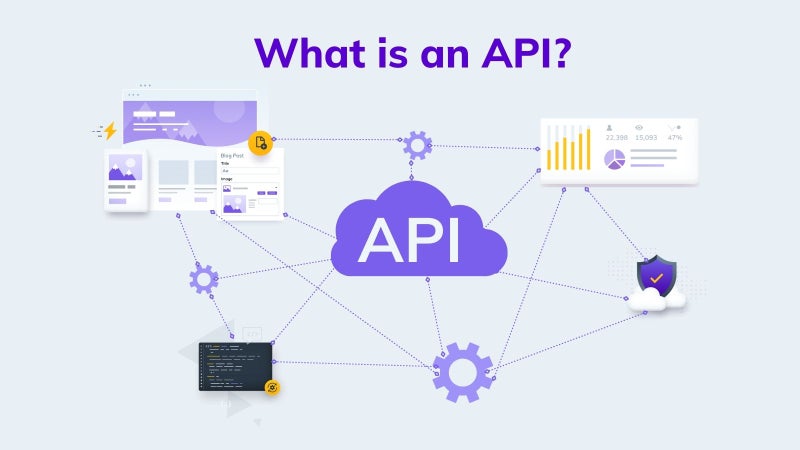
An API is a set of functions that enables two applications to speak to each other. An application can access the data and features of another application without knowing how they are implemented.
Without APIs, much of the software functionality that goes under the radar today wouldn’t be possible as APIs enable customers to purchase from a third-party website using PayPal or login to a website using Gmail or Facebook.
What Is an API-first CMS?
An API-first CMS decouples the frontend presentation layer from the backend content repository, using APIs to facilitate content delivery. Unlike a traditional CMS that tightly couples these two interfaces, an API-first CMS has more flexibility and options for distributing content.
Rather than simply delivering content to a website or mobile device, an API-first CMS can provide content to IoT devices like smartwatches, digital assistants, jumbo screens, and digital kiosks. These APIs also enable an API-first CMS to integrate with other crucial tools within the Martech stack, including CRMs, personalization platforms, analytics software, etc.
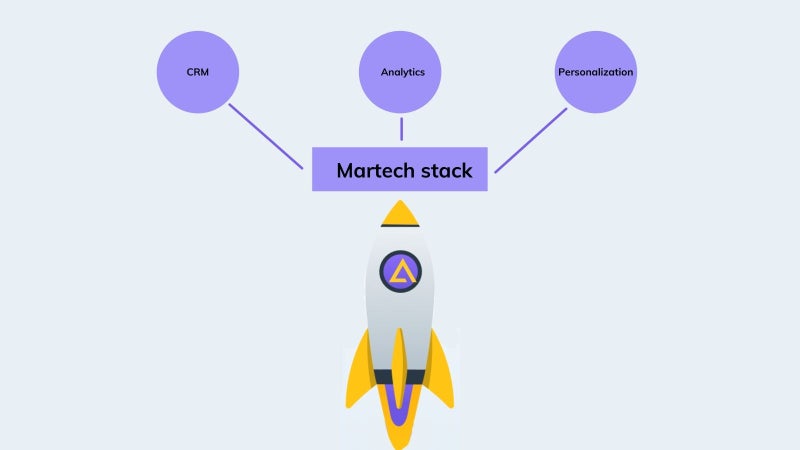
Why Choose an API-first CMS? (Benefits Explained)
If you’ve currently got a traditional CMS that you seem happy with, there are still a few reasons why you should choose an API-first CMS. Here are the benefits:
Omnichannel Experiences
Customers today expect their digital experience to span multiple devices, just like how they browse the web. An API-first CMS enables businesses to create omnichannel experiences that do just that and also allow easier content repurposing. Marketers need to develop content once, and then they can publish it across multiple digital channels simultaneously.
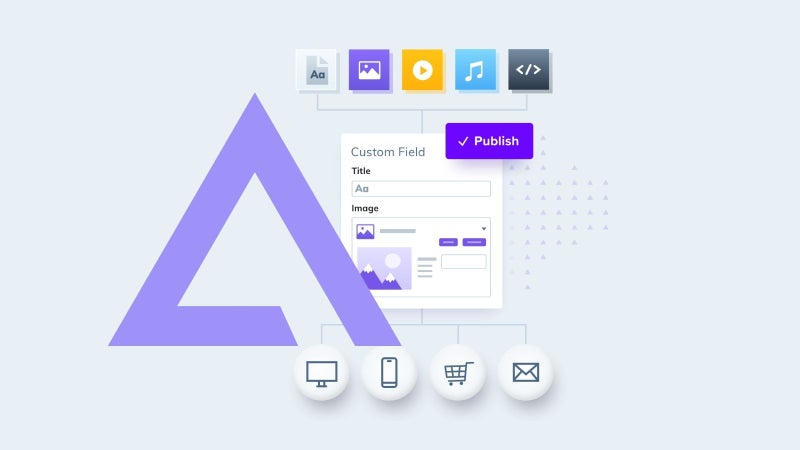
Increased Composability
An API-first CMS facilitates composability, enabling organizations to build their ideal software stacks with the CMS at the center. Unlike a monolithic suite that forces you to purchase the tools within the suite, even if you have no use for them, an API-first CMS allows you to choose the ideal tools for the tech stack and even swap out the ones that aren’t a good fit.
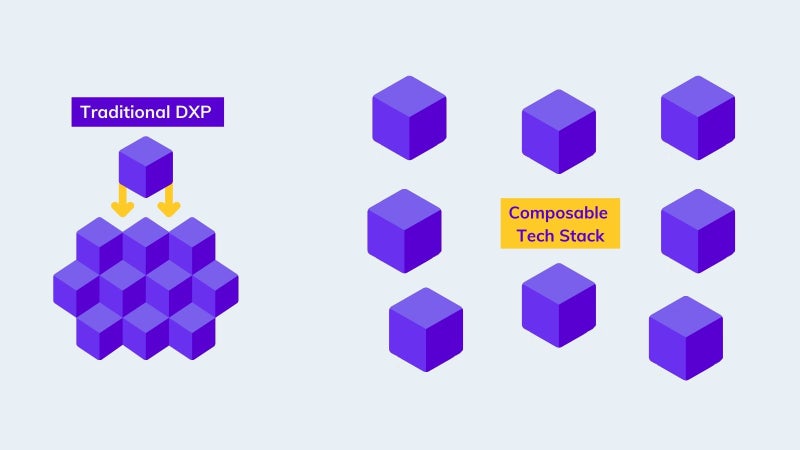
Developer Freedom
Modern developers have several frontend frameworks they can choose from. With an API-first CMS, they have the freedom to select the best framework for a particular project without being restricted by the templated systems of a traditional CMS.

API Development= Future-proof Architecture
Technology continues to change at a speed we’ve never seen before. However, an API-first CMS provides a future-proof architecture that enables businesses to adapt no matter what the future has in store. APIs make it possible to connect to emerging customer channels like AR and VR that are still in the early stages and additional software tools, even if they haven’t been launched yet.

How to Choose an API-first CMS (What to Look For)
Like a headless CMS, there are a few characteristics you need to consider before opting for an API-first CMS. Given the technical nature of APIs, many API-first platforms were built for developers. So here’s what to look for if you want the best one for your business users too:
Marketer Friendliness
Some API-first CMS platforms are API-only and lack the user interface marketers are accustomed to with traditional CMS platforms. As a result, they might not have the required workflow settings to facilitate easy collaboration and content approvals. The API-first CMS you choose should enable marketers and team members from other departments to collaborate easily while creating and publishing content.
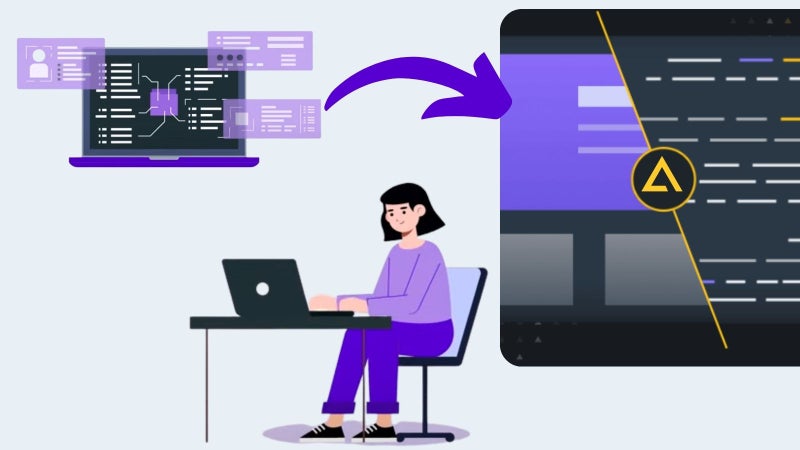
WYSIWYG Previews
An API-first CMS enables content to be delivered to various channels, but that content still needs to be edited. An API-first CMS should have content previews for multiple channels so that the marketing team can know what content will look like before it gets published to a mobile app or digital sign. They also need WYSIWYG interfaces to provide user-friendly editing for any situation.
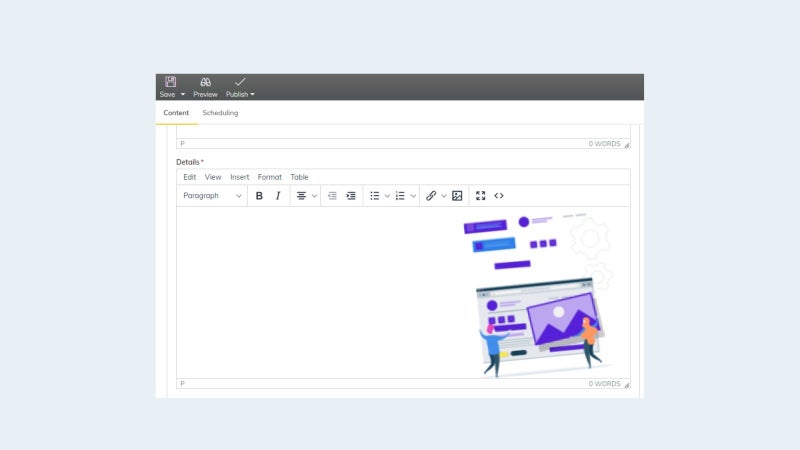
Freedom From IT
Marketers can’t afford to consult their developers whenever they need a change made to a piece of content or other simple edits. The fast-paced nature of today’s digital landscape and the speed that marketing campaigns require don’t allow marketers to get bogged down with such tasks. An API-first CMS should provide freedom from developers and enable their less technical counterparts to get things done independently.
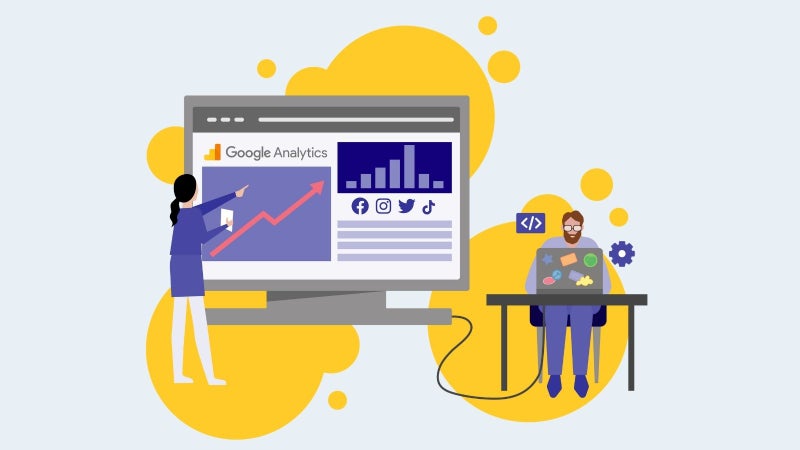
Content Modeling
Content editors need to be able to define how content fields are set up in their CMS and how different content types relate to each other. An API-first CMS that facilitates this much-needed content modeling and page management is crucial to ensuring that each piece of content serves a purpose, maps to the correct audience, and more.
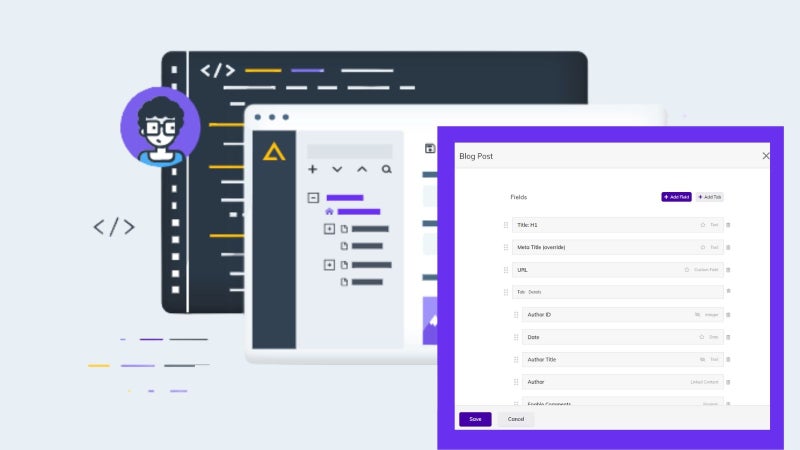
Pre-built Integrations
An API-first CMS can simplify things for developers, enabling them to connect disparate tools. However, if that CMS also has pre-built integrations with leading agencies, it makes the developer experience much better.
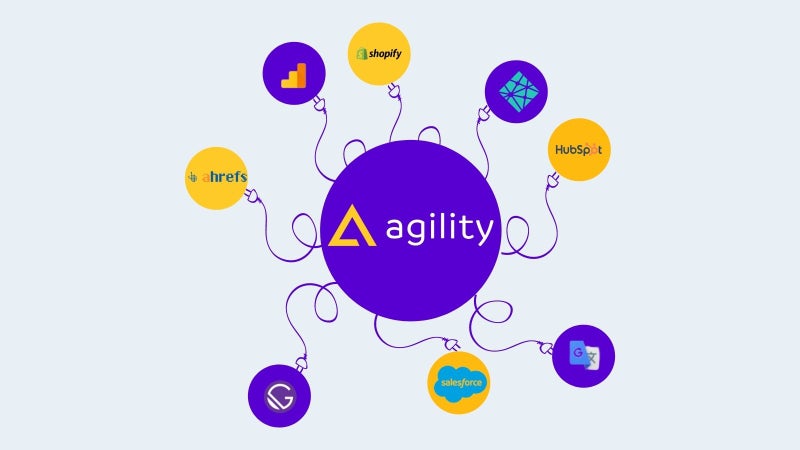
Training & Resources
Companies moving to an API-first CMS from a traditional or legacy platform might be unsure about what to expect and whether or not everyone within their organization can benefit, particularly at the enterprise level where many companies are moving suite platforms. These businesses should ensure that the API-first CMS they consider has adequate training and resources to get everyone up to speed quickly.
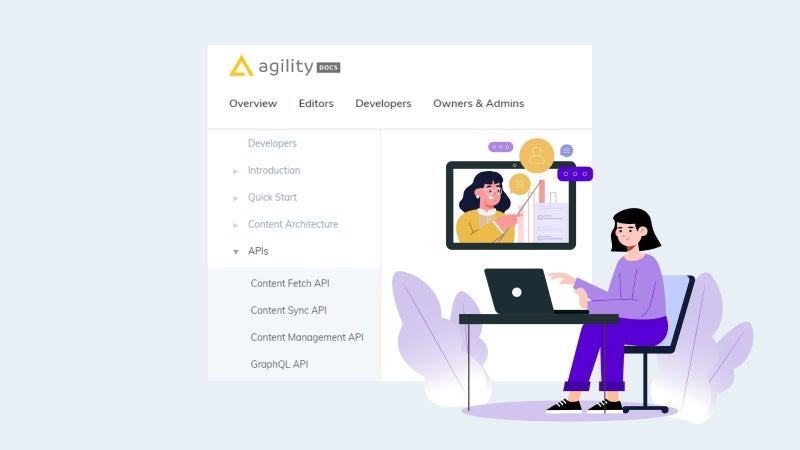
Agility CMS: The Best Content-first and API-first CMS
A CMS is meant to manage content, but some API-based CMS platforms forget that. With Agility CMS, marketers and content editors don’t have to worry about bugging their developer team to get simple things done.
Agility CMS provides a SaaS API-driven CMS that can handle all your content needs. Developers can embrace fast and flexible development to use their preferred frameworks without losing productivity. Business users can benefit from Agility CMS’s flexibility, easy integration, and a content-first mindset that facilitates omnichannel experiences.
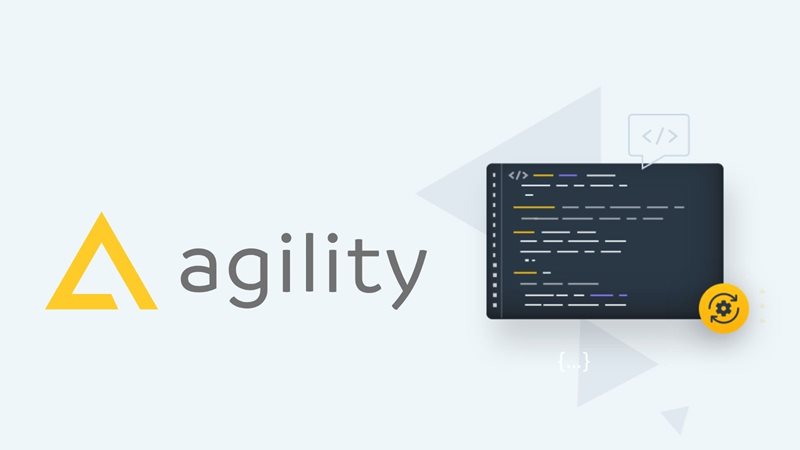
SCENE needed to create an innovative omnichannel experience to keep its over eight million members engaged. With the help of Agility, they were able to launch a brand new website that was customized to their needs, providing them with complete control over the content and the offers and rewards system they implemented. With Agility’s capabilities, they can not only easily connect to these channels, but their non-technical users have access to an intuitive user interface for editing content.


